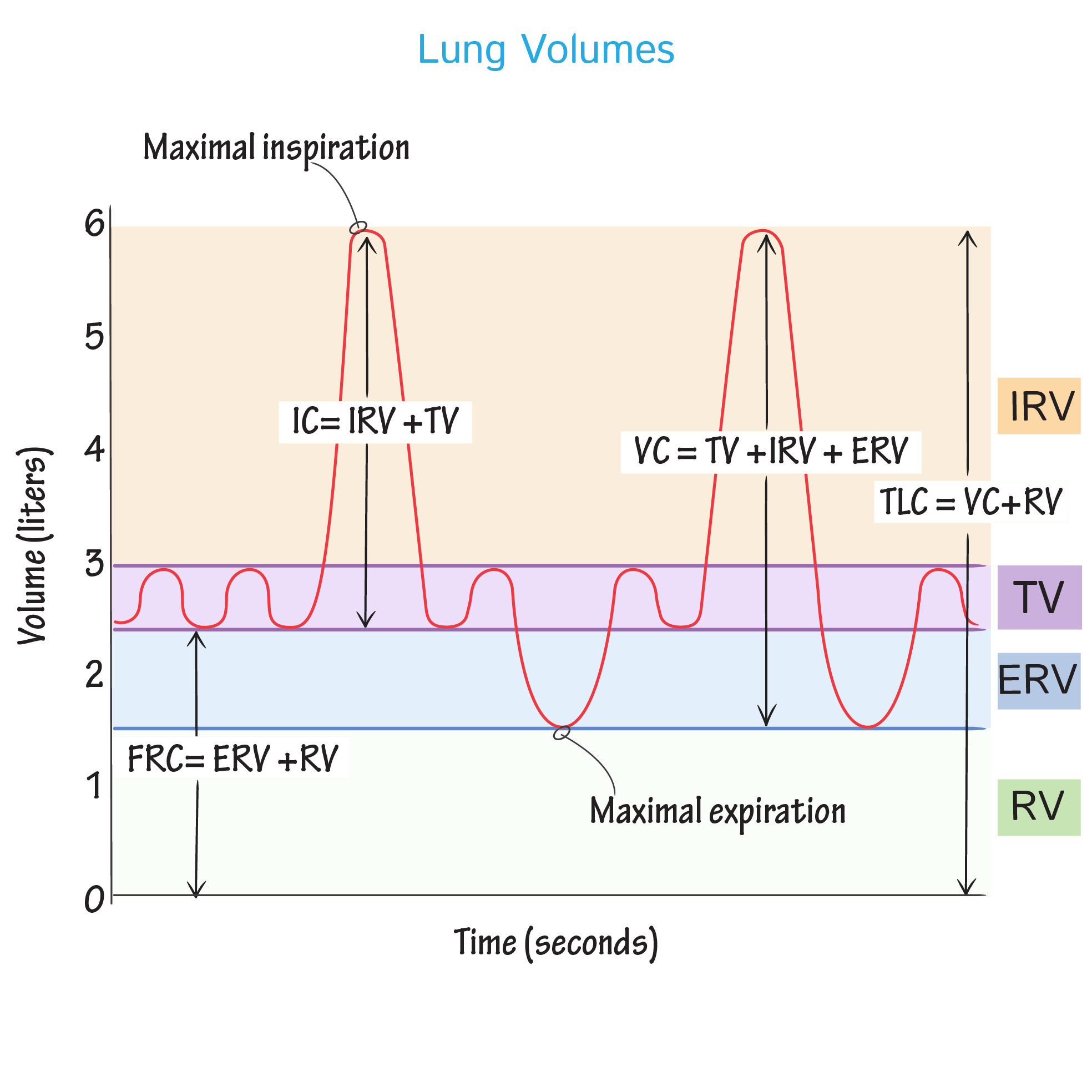

The major mechanisms that drive pulmonary ventilation are atmospheric pressure ( P atm) the air pressure within the alveoli, called intra-alveolar pressure ( P alv) and the pressure within the pleural cavity, called intrapleural pressure ( P ip). Pulmonary ventilation is the act of breathing, which can be described as the movement of air into and out of the lungs.


Describe the respiratory centers of the medulla oblongata.Outline the mechanisms behind the control of breathing.Discuss the meaning of respiratory volume and capacities.Discuss the physical factors related to breathing.List the steps involved in pulmonary ventilation.Discuss how pressure, volume, and resistance are related.Describe the mechanisms that drive breathing.By the end of this section, you will be able to:


 0 kommentar(er)
0 kommentar(er)
